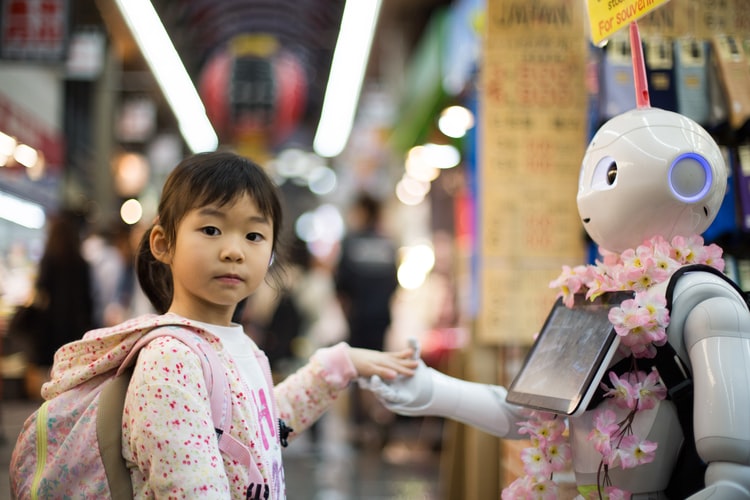Recent advances in artificial intelligence contribute to the growth of image recognition concepts. But how does image recognition work?
Keep on reading, to have extra knowledge. Also, we will learn in this context what are the challenges of image recognition.
How Does Image Recognition Work?
A digital picture speaks to a framework of numerical qualities. These qualities represent the information related to the pixel of the picture. The power of the various pixels, midpoints to a single value. Speaking to itself in a matrix format.
The information fed into the systems of recognition is vitality. Also the area of various pixels in the picture. With the help of this information, systems learn to map a pattern in the next images provided here. As an aspect of the learning process.
And after the training process is completed. The performance of the system in the test data is validated.
Then repetitive weights in neural networks are altered. In order to improve the accuracy of the system to identify images.
Algorithms used in image recognition are the following:
- SURF (Speeded Up Robust Features)
- SIFT (Scale-invariant Feature Transform)
- LDA (Linear Discriminant Analysis)
- PCA (Principal Component Analysis)
What Are The Challenges Of Image Recognition?
Viewpoint Variation
In a genuine world, the substances within the picture are aligned in various ways. Also when such pictures are taken care of to the system. As a result, the framework predicts incorrect qualities. So, the system neglects to understand. That changing the arrangement of the picture won’t make it unique. Such as left, right, base, or top. Became the reason it makes difficulties in image recognition.
Scale Variation
Size variations affect object classification. The closer you look at the object the greater its appearance in size and vice-versa.
Deformation One Of the Challenge In Image Recognition
Objects even when deformed, do not change. Moreover, the system learns and generates an understanding of the perfect image. That a particular object may be in a certain shape only. We all know that in reality, shapes really change. Therefore, there are errors. Especially when the system experiences a distorted picture image of an object.
Inter-class Variation
Some things vary within the class. They can vary in shape and size. Yet still, constitute a similar class. Like for example, chairs, buttons, bags, and bottles. They come in a variety of sizes and looks.
Occlusion: Challenge In Image Recognition
Some things interfere with the overall look of an image. Also, result in incomplete data being taken care of to the system. So it is important to devise an algorithm that is delicate to these varieties. furthermore, comprise wide scope of samples of the information.
To train neural network models, the training range must have variations. Pertaining to multiple and single classes. The variations available in the training range ensure that the model accurately predicts. When tested with test data. In any case, since the majority of the examples are in irregular order. Ensuring whether there is sufficient information requires manual work. Which is dull.


